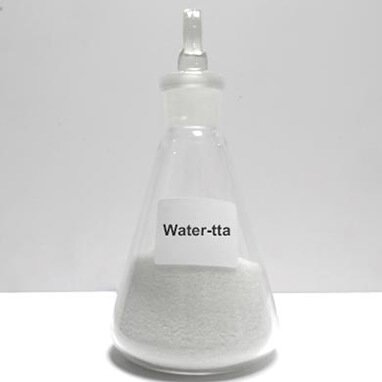Product Details
Product Introduction
Polyacrylamide (PAM) is a crucial chemical for water treatment, primarily utilized as a flocculant, and is extensively applied in the treatment of industrial effluents and municipal wastewater. This product is categorized into anionic, cationic, non-ionic, and amphoteric types, allowing selection based on the specific water quality characteristics across different industries. PAM exhibits remarkable flocculation capabilities, facilitating rapid sedimentation and solidification of sludge, effectively minimizing suspended solids and organic matter, thereby achieving improved water purification outcomes. Its molecular formula is C3H5NO, with a CAS number of 9003-05-8. The product is available in 25 kg paper-plastic composite bags and adheres to the national quality management system S9001, ISO14001 environmental management standards, and OHSAS occupation health certifications.
Advantages and features
1. The utilization of high-energy polyacrylamide effectively reduces suspended solids and organic content in industrial wastewater and municipal sewage.
2. Offers a variety of models including anionic, cationic, non-ionic, and amphoteric to accommodate diverse industrial requirements.
3. Demonstrates the ability to rapidly settle and solidify sludge, significantly enhancing flocculation treatment efficiency.
4. The precise ratio can notably improve the efficiency of wastewater treatment systems and lower operational costs for businesses.
5. Compliant with international quality certifications to assure product consistency and environmental safety.
Application Scenario
1. Ideal for industrial wastewater treatment in sectors such as petroleum, metallurgy, electric power, and chemicals.
2. Effectively addresses solid-liquid separation needs in industries including coal, pulp, food, and pharmaceuticals.
3. Applicable for municipal sewage treatment and wastewater recycling systems.
4. Used in water purification treatment in specialized industrial contexts such as oilfields, sand washing, and extraction processes.
.png)






.png)



